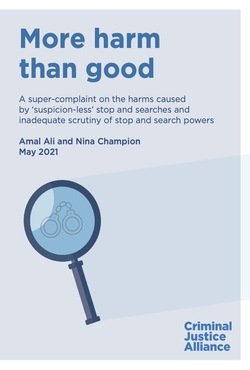By Jonathan P. Caulkins, Kristina Vaia Reimer
Background: Nations wrestle with whether to prohibit products that can harm consumers and third parties but whose prohibition creates illegal markets. For example, cannabis is banned in most of the world, but supply for non-medical use has been legalized in Uruguay, Canada, and much of the United States and possession restrictions have been liberalized in other countries. Likewise, supply and possession of fireworks have been subject to varying degrees of prohibition in multiple countries, with those bans prompting significant evasion. Methods: Current and past history of fireworks regulations, sales, and harms are reviewed and contrasted with those for cannabis. The focus is on the United States, but literature from other countries is incorporated when possible and appropriate. This extends the insightful literature comparing drugs to other vices (such as gambling and prostitution) by comparing a drug to a risky pleasure that is not seen as a vice but which has been subject to prohibition. Results: There are many parallels between fireworks and cannabis in legal approaches, harms to “users”, harms to others, and other externalities. In the U.S. the timing of prohibitions were similar, with prohibitions on fireworks being imposed a little later and repealed a little sooner. Internationally, the countries that are strictest with fireworks are not always those that are strictest with drugs. By some measures, harms are of roughly similar magnitude. During the last years of U.S. cannabis prohibition, there were about 10 emergency department (ED) events per million dollars spent on both fireworks and illegal cannabis, but fireworks generated very roughly three times as many ED events per hour of use/enjoyment. There are also differences, e.g., punishments were less harsh for violating fireworks prohibitions, fireworks consumption is heavily concentrated in just a few days or weeks per year, and illegal distribution is primarily of diverted legal products, not of illegally produced materials. Conclusions: The absence of hysteria over fireworks problems and policies suggests that societies can address complex tradeoffs involving risky pleasures without excessive acrimony or divisiveness when that product or activity is not construed as a vice. However, the conflicted and time-varying history of fireworks bans also show that difficulty balancing freedoms and pleasure with harms to users and others is not restricted to drugs or other vices. Use-related harms fell when fireworks were banned and rose when those bans were repealed, so fireworks prohibitions can be seen as “working” from a public health perspective, but not well enough for bans to be employed in all times or places
International Journal of Drug Policy. Volume 118, August 2023,





